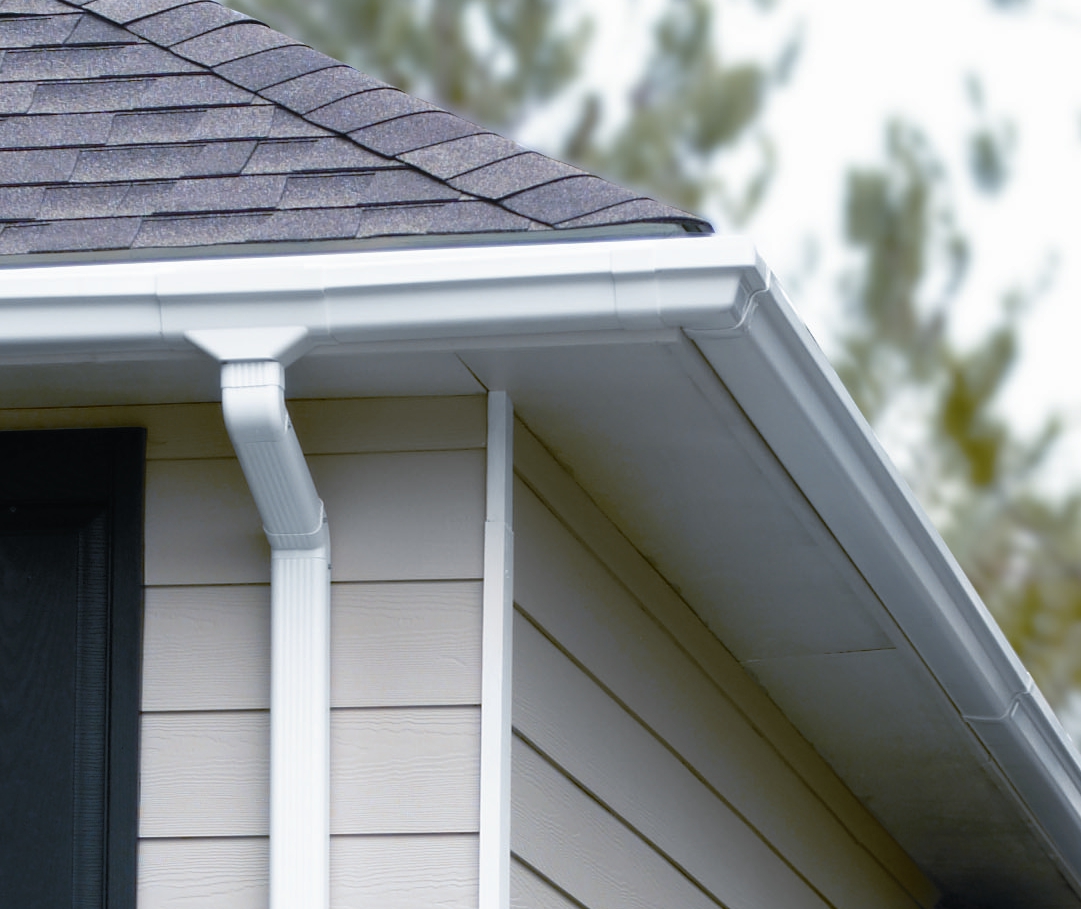Gutters and downspouts are vital parts of your roof that can prevent water from damaging and eroding the structure of your home.
What you need to Know About Gutters
Gutters are troughs installed along the eaves of the roof that directs water away from the walls and base of your house. These channels collect rainwater that comes down from the roofs, leading them into the downspouts or pipes. They can be made from different materials like zinc, steel, aluminum, vinyl or copper. They also come in different styles such as u-shaped, k-style or half-round. There are several gutter systems that homeowners can install to their homes.
- Roof integral gutter. This gutter type is made from materials similar to the roof’s flashing and covering. They are situated along the bottom of the roof slope.
- Discrete gutter. Unlike the previous type, the trough is made of materials different from the roof and is located beneath the roof slope and is slightly suspended from the edge.
- Wall integral gutter. As the name implies, this type of trough is constructed as the uppermost part of your home’s wall.
- Box gutter. This is a deep conduit hidden within the roof’s structure.
- Seamless gutter. This system is composed of continuous channels with little to no joints that is a custom fit to your roof. The seamless type provides the least chance of leakage.
What are Downspouts?
Downspouts are pipes that run vertically along the wall of your home. Their primary function is to catch water from the gutters and drain water from the roof to the ground. Without downspouts, your roof gutters will be rendered useless. An extra function of downspouts is that it can collect rainwater to be used for other things like watering your garden. Like gutters, downspouts come in a variety of designs, materials and sizes.
- Materials. Downspouts can be made from aluminum, galvanized steel, copper or plastic. These materials vary in terms of cost and durability, each having its pros and cons.
- Size. The appropriate size for your downspouts depends on how much rainwater needs to be drained. If you live in an area with a lot of rainfall, a larger downspout is more advisable. Otherwise, you can opt for smaller downspouts.
- Style. Because downspouts are visible on the home’s exterior, there are several designs you can choose from that could suit your taste. Downspouts can be rectangular, round, corrugated, or spiral. There are even decorative downspouts with unique designs available for you.
Taking Care of Gutters and Downspouts
Proper and regular maintenance of gutters and downspouts is necessary to avoid clogging or blockage that causes leaks, insect infestations and fire hazards. Gutters and downspouts should be cleaned at least twice a year. Gutter guards and downspout screens are also available to prevent debris, dirt, and rodents from blocking the troughs and pipes.
To determine which gutter system and downspout is most appropriate for your home, consult a roofing specialist to ensure that you get your money’s worth.
Written by Enrich Construction, the best service for roofing in Columbia, MO.
